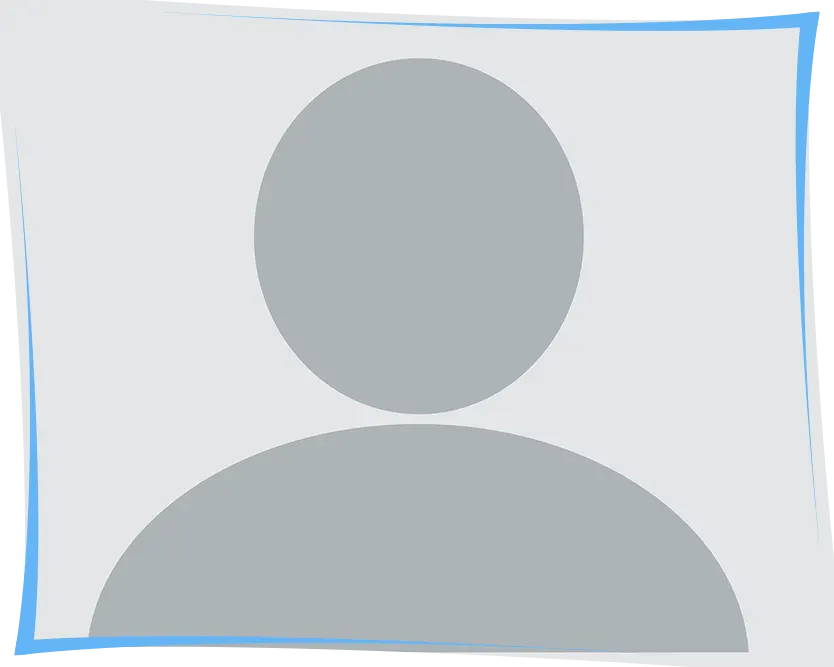[vc_row][vc_column][vc_column_text]Hi there,
My name is Jonathan Fricke. I am a 4th year doctoral student studying clinical psychology at the University of Denver. Over the last several years, I have trained at community mental health clinics, a university counseling center, a hospital emergency department, and private practice settings, among others. Although I am relatively early on in my career, I began to notice some common themes come up in my clinical work across these varied settings. Those being: 1) clients experiencing challenges in relating to others (i.e. social anxiety, loneliness) and 2) the prevalence of both prescription and non-prescription substance use. Given these observations, I sought additional training in substance use treatment through didactic coursework in my graduate program and through clinical training at Colorado Medication Assisted Recovery (an intensive outpatient (IOP) and outpatient (OP) treatment facility in Thornton, Colorado). In this series of blog posts, I will be sharing what I have come to learn about both the etiology and treatment of addiction, as well as current events related to addiction and recovery.
Well, it seems like a reasonable place to start is with the question…
WHAT IS ADDICTION, TECHNICALLY SPEAKING?
The term addiction seems to be thrown around rather casually in much of our day-to-day lives. You might overhear a friend talking about their addiction to scrolling through TikTok, or perhaps a colleague that makes a comment about their addiction to the chocolate donuts at the bakery down the block. Are these seemingly flippant comments related to actual addictions?
Typically, addiction is associated with drugs and alcohol but may also include problematic behaviors related to food, exercise, sex, video games, and gambling, among others. Thus, scrolling TikTok or eating those chocolate donuts may qualify as addictions. However, we must first get a better understanding of what your friend’s and colleague’s relationships to TikTok and chocolate donuts, respectively, looks like. To get a better understanding, it is helpful to consult the Diagnostical and Statistical Manual of Mental Disorders, 5th Edition (DSM-V). Note: the DSM-V is the gold standard when it comes to diagnosing addiction and use disorders.
The DSM-V criteria for addiction falls into four overarching categories.
- Impaired Control
- Social Problems
- Risky Use
- Physical Dependence
Within these four categories, the symptoms of addiction include:
- Using more of a substance or more often than intended
- Wanting to cut down or stop using but not being able to
- Devoting significant time to obtaining, using, and recovering from use
- Strong desire to use
- Use resulting in neglected responsibilities at work, school, or home
- Use resulting in social and interpersonal issues
- Giving up activities they used to care about because of their substance use
- Using in risky settings
- Continued use despite known problems
- Needing more of the substance to get the same effect
- Having withdrawal symptoms when a substance isn’t used
According to the DSM-V, the presence of between two and five of these symptoms qualifies as a mild to moderate substance use disorder, whereas the presence of six or more of these symptoms qualifies as a severe substance use disorder (i.e. addiction).
So, does your friend have an addiction to scrolling TikTok? Does your colleague have an addiction to the chocolate donuts down the block? Do you wonder if you may have an addiction to something? Whether it meets full criteria or not, my hope is that by reflecting on the aforementioned DSM-V criteria, we may become more aware of some of our own addictive tendencies.
By Jonathan Fricke, MA[/vc_column_text][dt_fancy_separator][vc_empty_space height=”15″][vc_column_text]References
American Psychiatric Association. (2013). Substance-Related and Addictive Disorders. In Diagnostic and statistical manual of mental disorders (5th ed.).[/vc_column_text][/vc_column][/vc_row]

















